What were SLO County’s most memorable stories of 2023? Here are our favorites
- Oops!Something went wrong.Please try again later.
This year started and ended with storms — some more dramatic than others — but in between, 2023 was filled with a wealth of other memorable news.
Diablo Canyon nuclear power plant went from the brink of being mothballed to an unexpected new life as the state of California turned to the PG&E facility to help bridge the gap to a renewable energy future.
Paul Flores was sentenced to the maximum prison term after he was convicted of killing Kristin Smart, then survived a stabbing attack in prison by a fellow inmate.
Inflation continued to stress the pocketbooks of San Luis Obispo County residents, with gas prices spiking near $6, food and essentials rising to unforeseen levels and high mortgage rates putting a damper on home sales even as prices stayed high.
Tribune reporters tracked all of these developments, along with many other stories across our region.
Mackenzie Shuman spent six months investigating pervasive pollution from dry cleaning businesses around the state. The chemical plumes, which have seeped into groundwater and can vaporize into the air, present a health threat at thousands of locations, but the state has made very little progress toward any kind of cleanup.
John Lynch tracked the crisis of homelessness in SLO County and the efforts being made to bring more housing online. His stories about people struggling to get by included a profile of Cowboy, Pismo Beach’s best-known homeless resident, and a look into the problem of so-called “renovictions,” when tenants are booted from housing under the guise of a landlord needing to make property improvements.
Stephanie Zappelli covered the switch to a liberal majority on the San Luis Obispo County Board of Supervisors — which resulted in some significant policy changes.
During the past year, the board settled a lawsuit with a local citizens group and threw out a district map accused of gerrymandering; repealed the planting ordinance, which governed groundwater use in the Paso Basin; and rejoined the Integrated Waste Management Authority after it recovered from an embezzlement scandal. The board also took steps to expand the Bob Jones Trail and loosen regulations on cannabis businesses.
Here’s a look at Tribune journalists’ most memorable stories from the last year.
2023 a year filled with wild weather in SLO County
Weather was the biggest story of 2023, and the effects spanned the county and the calendar.
Tribune photojournalists and reporters drove thousands of miles covering the impacts.
On Jan. 9, Cal Fire processed 227 calls in a 12-hour period as one of a series of “bomb cyclone” storms that hit the Central Coast.
Karen Buccat died when her SUV was overtaken by floodwater on Avila Beach Drive, and 5-year-old Kyle Doan was swept away by floodwaters in San Miguel and has never been found.
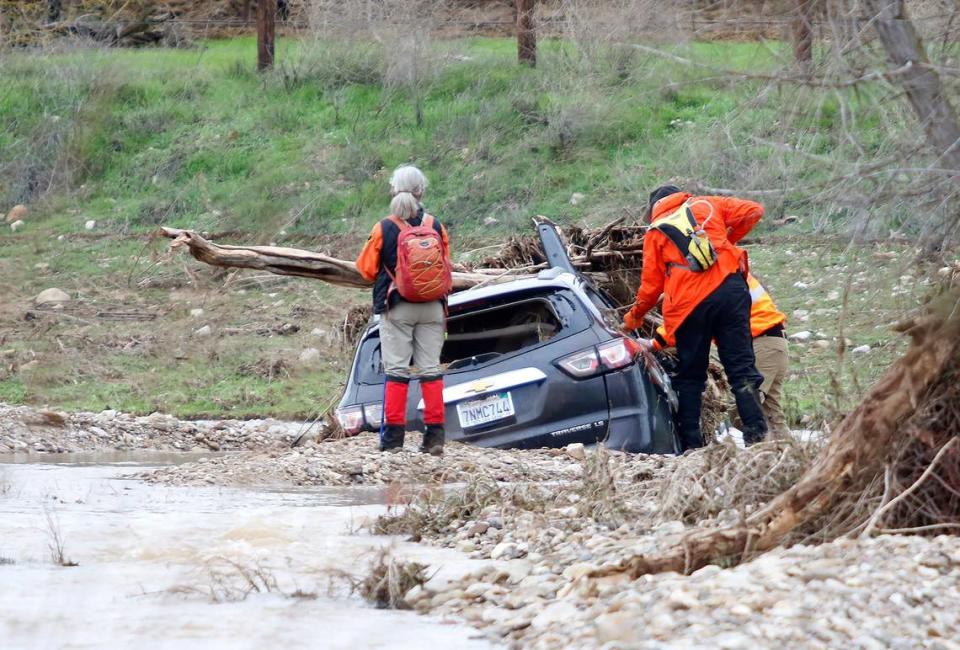
Several people were rescued in Morro Bay as creeks overflowed banks, and homes on Vista Court in Los Osos were hit by a torrent of water and mud. Mobile home residents evacuated in Morro Bay and Cambria.
Arroyo Grande Creek breached the levee and flooded farmland in Oceano, but it held on the more populated north side.
Then, in early March, almost a foot of rain fell at Rocky Butte in the Santa Lucia Range northeast of Cambria, 11.58 inches over two days.
The news wasn’t all awful.
All the reservoirs in the county filled to capacity, including the rarely filled Whale Rock Reservoir, which spilled for the first time in 18 years. Lopez Lake went from near 20% capacity to spilling for the first time in the 21st Century.
On Feb. 23, over an inch of rare snow delighted children who live at the higher elevations of Parkhill Road. And all the rain made for a robust wildflower season in the spring.

Though there were a few warm spells in the county, like in July during the Mid-State Fair, the summer season was cooler than average delaying the grape harvest at vineyards.
The ripple effects are still being felt, as the cycle turns and another rain season begins.
— David Middlecamp, visual journalist
Afghan family escapes to Central Coast with help from friends here
It was especially joyous in Cambria on Sept. 6, when the Barakazai family of four from Afghanistan finally arrived at their new home on California’s Central Coast.
It had taken years for Cambria resident Mike Reeves and others to get them out of Afghanistan, where Mike had worked with American collaborator Kawa Barakazai.
The young engineer from Afghanistan had a Taliban bull’s eye on his back.
His father, for whom the two men worked, had been killed by the Taliban because of his U.S. affiliations. So after Americans pulled out of the country in August 2021, taking their protection away, Kawa Barakazai and his family went into hiding.

Starting in March 2022, I learned and wrote about the family’s plight and attempts by Reeves to help them. I also shared information with them about governmental sources that they say proved helpful to the cause.
The family escaped into Pakistan, where they continued hiding out for another year. Late on Sept. 6, they finally arrived in Cambria, where they’re being sponsored and housed by the Reeves family.
When I arrived for my first in-person interview with the family the next day, I was greeted with big smiles and hugs, especially from the two otherwise-shy children.
They now call me Grandma or Bebe Kathe, and on social media, the family’s sponsors have called me an “unsung hero” in their quest.
The capper on the story? About a month after the family arrived, the Barakazai family’s baby boy was born, becoming a joyously welcomed, new native-born American citizen.
— Kathe Tanner, North Coast reporter
Cal Poly issues first public apology to Kristin Smart’s family
Covering the Kristin Smart case has been one of the hardest, emotional and rewarding experiences in my career thus far. One of my favorite stories was obtaining Cal Poly’s first public apology to Kristin Smart’s family.
I had been aware of private apologies, but there is something special when an institution takes full accountability for its role in a devastating situation.
After spending an entire day with Kristin’s parents, Stan and Denise, for a story reflecting back on the near 27 years it took for Paul Flores to get convicted, I got to know more about the trauma the family felt at the hands of the university, specifically in the early years of the investigation.
I decided to call Cal Poly’s President Jeffrey Armstrong, who told me “We recognize, even though I wasn’t here, that Cal Poly could have done things differently. There were things that we do differently now. There are things that should have been done differently. And for that, I’m sorry.”
I wasn’t expecting a public apology when I called, but I’m very glad it was something the president decided to do.
Another story that has stuck with me was when I spoke with Paul Flores’ jurors about not only how they came to their decision, but what it was like to be on a jury deciding a historic moment in this case.
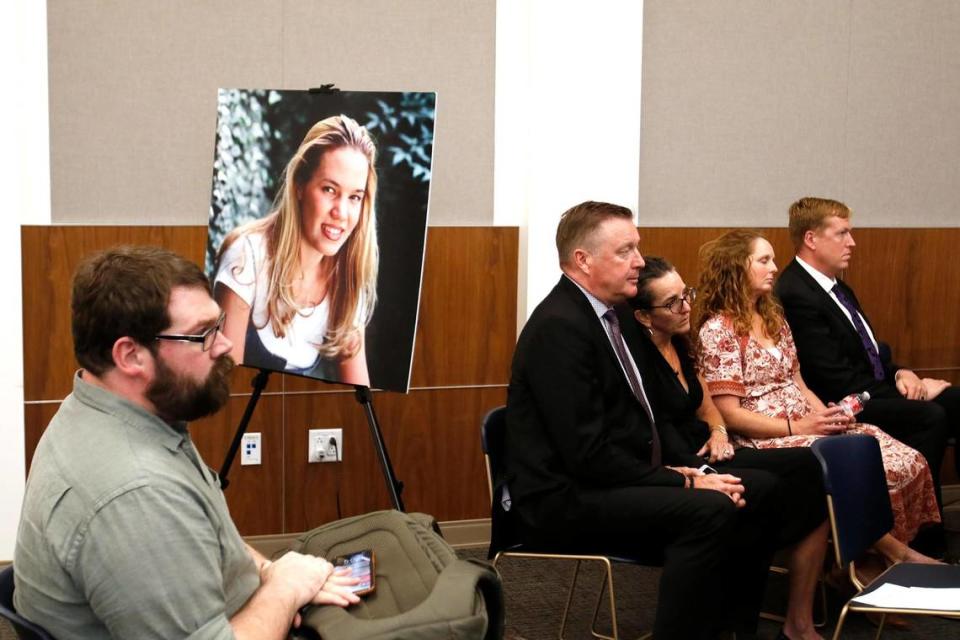
The jurors and I both watched the same trial, but unlike them, I was able to speak about it when I got home. They didn’t have that luxury.
The details of the case are traumatic, the jurors told me, and holding onto them alone without anyone to confide in was emotionally draining.
Covering this story really humanized the people behind the decision — and decisions in similar cases — and it offered a unique look into a part of the courts so few of us get to see or experience.
— Chloe Jones, courts and crime reporter
Central Coast veteran substance use treatment facility fights to stay open
Reporting on the rift between Legacy Village Wellness Centers, a Nipomo-based veteran substance use disorder treatment clinic, and the Greater Los Angeles Office of Veterans Affairs, showed us the reward of digging deeper and sticking with a story for the long haul.
Legacy Village was one of few residential treatment centers in the county for substance use disorder, and one of few in the nation devoted exclusively to veterans. In May, Legacy Village CEO Dennis Farmer told The Tribune the VA was referring fewer clients to his private treatment facility, which is the only way to be compensated for their work.
Between May and October, the number of clients referred to Legacy Village dwindled to zero and Farmer struggled to keep his business running, despite plenty of demand for substance use recovery services within the veteran community.
The reason new clients weren’t being referred to Legacy Village? Veterans service providers in SLO County said it’s because the VA changed how the community care component of the MISSION Act, also known as the Veterans Affairs Maintaining Internal Systems and Strengthening Integrated Outside Networks Act, is interpreted. The MISSION Act is a federal law that allowed veterans to obtain care in their community, paid for by the VA, instead of traveling long distances to a VA health center.
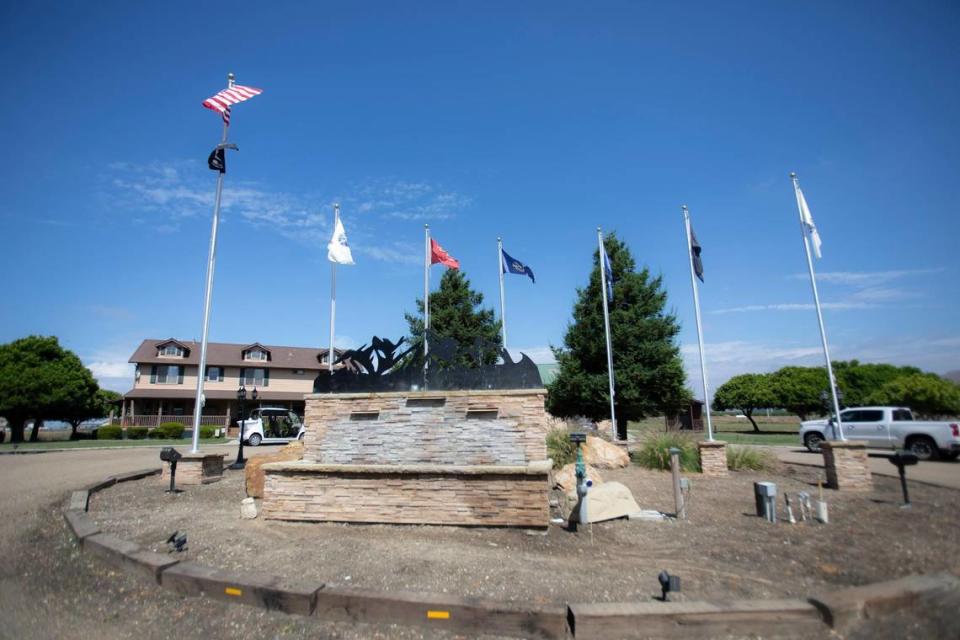
In a sudden about-face, the VA chose to prioritize admissions at the Domiciliary, the VA-run substance use disorder treatment center at the Greater Los Angeles area campus ahead of Legacy Village and other privately run residential treatment centers within the Greater Los Angeles network.
“It basically took choice out of the veterans hands,” Farmer said, and soon the Nipomo center’s revenue stream dried up. Shortly after the second article was published, Farmer announced the 12-bed facility would be closing permanently.
The closure left an enormous gap in services in San Luis Obispo County, and it didn’t take long for policymakers to sound the alarm. Soon after, Congressman Salud Carbajal, a U.S. Marine Corps Reserve veteran, met with VA Secretary Denis McDonough to talk about the problems San Luis Obispo County veterans are having with the VA’s policy.
In early November 2023, VA representatives traveled to the Central Coast to meet with Carbajal, San Luis Obispo County Veterans Services Officer Morgan Boyd, and other stakeholders to talk about how to keep Legacy Village open.
He said the press coverage by The Tribune about Legacy Village and the impacts on SLO County veterans helped encourage action at the highest levels of government.
“The VA does not like to be in the news,” Boyd told The Tribune.
According to Farmer, Legacy Village has since closed its Nipomo ranch property and has let go of its staff, but is trying to resume outpatient operations.
— Sara Kassabian, health reporter, and John Lynch, housing reporter
SLO County administrator fired for violating policy against sexual harassment
The San Luis Obispo County Board of Supervisors fired interim county administrative officer John Nilon on Nov. 17 for violating the county’s policy against discrimination and harassment — without much of an explanation.
This left The Tribune and our readers with questions about the details of the allegations, so I submitted a Public Records Act Request to the county to uncover more information.
The response to the records request included emails, text messages and reports that showed that multiple women reported “uncomfortable touching” and messages from Nilon.
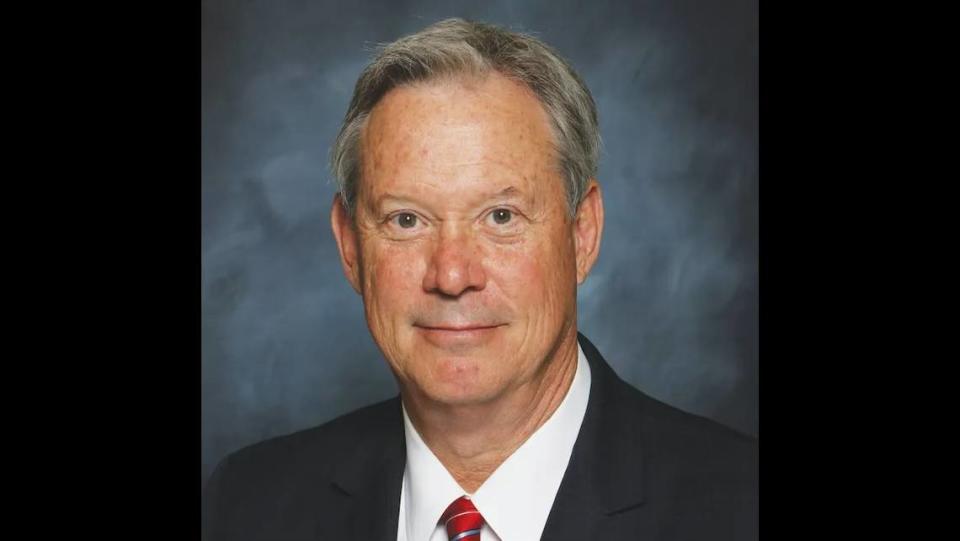
For example, Nilon touched two employees on the back, told a story about testicles to a group of employees, and asked another employee for a selfie.
“It feels like it was a fishing expedition: Throw out a hook and see what you can catch, but done in the most subtle manner,” SLO County Supervisor Dawn Ortiz-Legg said, referring to his behavior.
The records request also revealed that Nilon was accused of “uncomfortable” interactions in 2018 while he served on the California State University Board of Trustees.
It was rewarding to use a Public Records Act request to uncover information that the public would otherwise not have access to, and give the community an opportunity learn the details of Nilon’s behavior.
— Stephanie Zappelli, county government reporter
Climate change’s impacts on SLO County
As a Gen Z newspaper reporter, I’m often immersed in doom-and-gloom news about how the world is being impacted by human-caused climate change.
Hearing about weather catastrophes happening globally led me to wonder just how San Luis Obispo County — an area known for its mild, Mediterranean climate — could possibly see any effects.
Over the summer of 2022, I had the pleasure of working with and learning from Joana Tavares, who joined The Tribune as an American Association for the Advancement of Science mass media fellow.
She and I embarked on a journey to explore how climate change could impact the county and, importantly, what solutions were out there.
We wrote about our findings in a four-part series published this past spring.
The first gave a broad, educational overview of how climate change leaves the county facing an “uncertain” future. We wrote about what climate models show for the region’s future in terms of droughts, floods, heatwaves and the marine layer fog, as well as how San Luis Obispo County is already seeing climate change impacts.
The second story put a magnifying glass on the issue of rising sea levels. I toured homes where the sea cliffs were crumbling just steps away, and asked state and local officials how they planned to save public infrastructure in areas where sea levels could overtop sea walls, drainage culverts and roads.
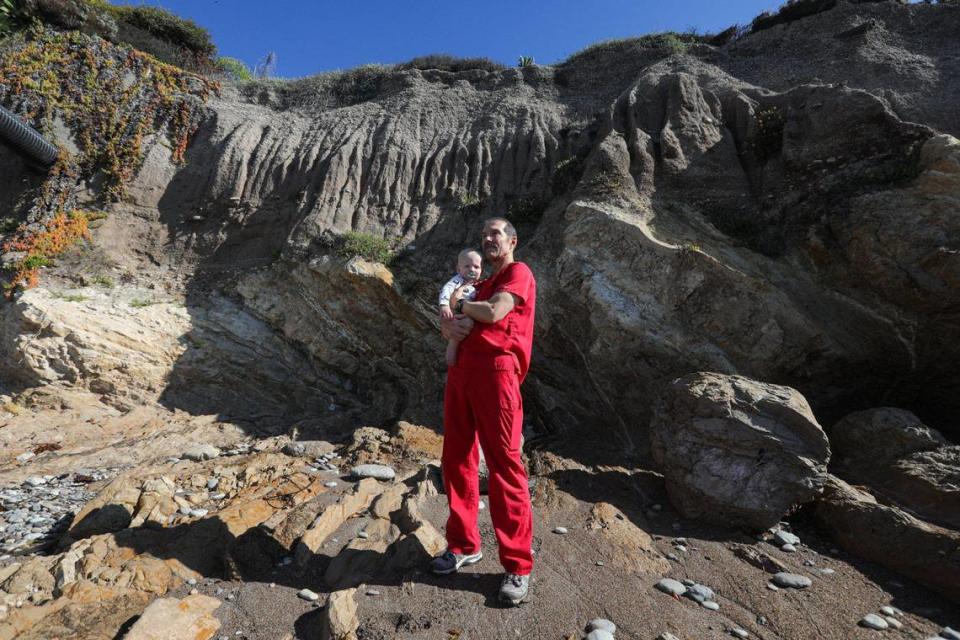
In the third story, we examined how wine growers — a major economic driver for the county — were adapting to a changing climate. Vintners told us about their tribulations with drought and their strategies for rebuilding healthy soils so their crops can flourish even in difficult conditions.
The last story in the series might be the most important. Reporting about all of the problems from climate change that San Luis Obispo County must address left Joana and me in low spirits.
But that quickly turned into hope as we interviewed local officials and innovators about the abundance of local solutions to climate change. We learned about how the county is investing in green tech and clean energy forms to power a future without polluting fossil fuels and how future generations of climate-change fighting individuals were being educated locally at Cal Poly.
The series was hard to write because it showed me the magnitude of just how devastating climate change could be, and has been, in San Luis Obispo County.
But it also gave me, and I hope our readers, a lot of hope for a livable future.
— Mackenzie Shuman, environment and education issues reporter

